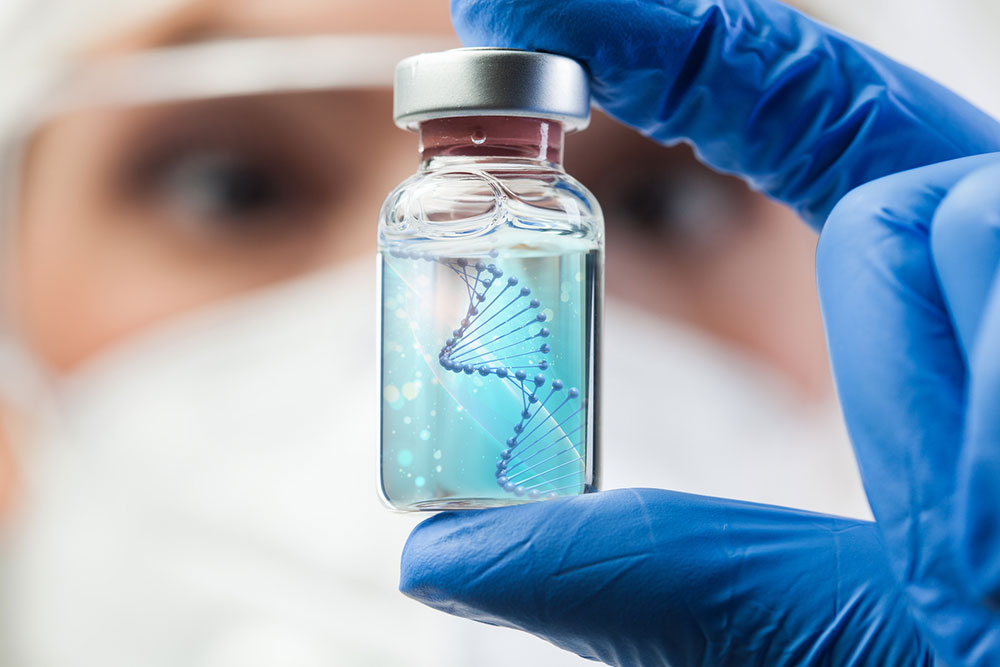
5 tell-tale signs of primary immunodeficiency
Primary immunodeficiency is a group of rare genetic disorders that weaken the immune system’s ability to fight off infections and diseases. While these conditions may vary in their severity and presentation, there are common early warning signs that can help in their early detection and management. Recognizing these signs is crucial as early diagnosis and expert intervention can significantly improve the quality of life for individuals affected by this condition. Frequent and recurrent infections Frequent infections can range from common colds and respiratory infections to more severe and unusual infections. Individuals with primary immunodeficiency often experience infections that are more persistent, severe, and harder to treat than those seen in the general population. Moreover, these infections may occur in unusual areas, such as the sinuses and ears, and may become chronic if not treated early. Weakened immune system Patients with primary immunodeficiency suffer from weak immune systems and consequent inability to fight infections and diseases. Managing and supporting their weakened immune systems through treatments like immunoglobulin replacement therapy is crucial for their health and well-being. Poor response to vaccinations Vaccines are designed to stimulate the immune system and provide protection against specific diseases. Individuals with primary immunodeficiency may not mount a sufficient immune response to vaccines, leaving them vulnerable to preventable illnesses.
Read More 










